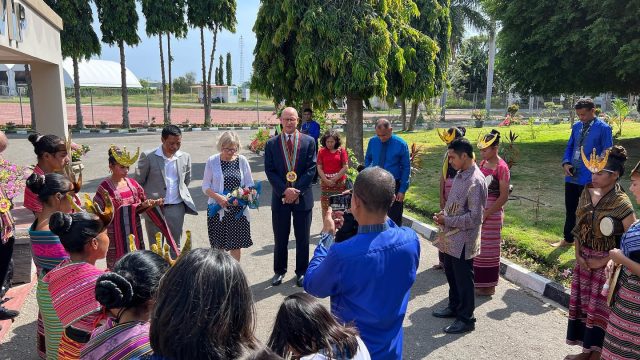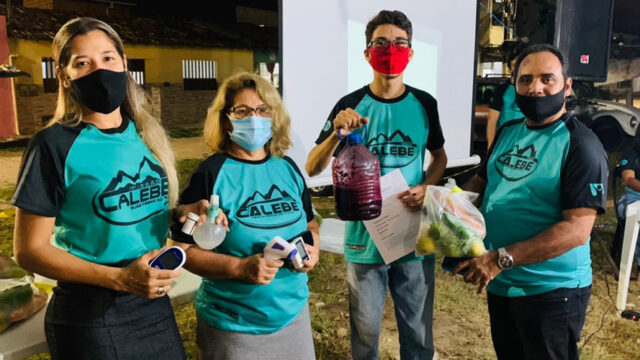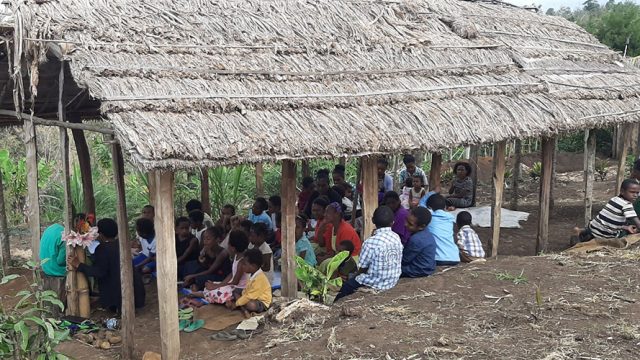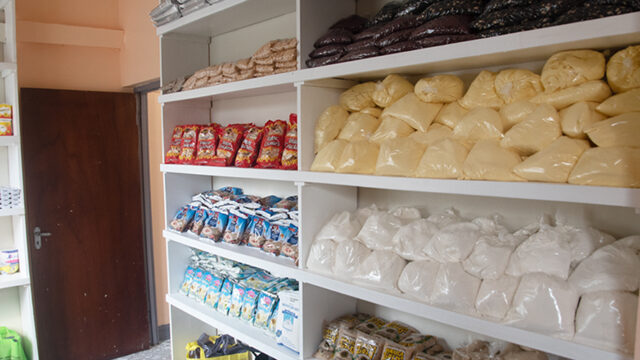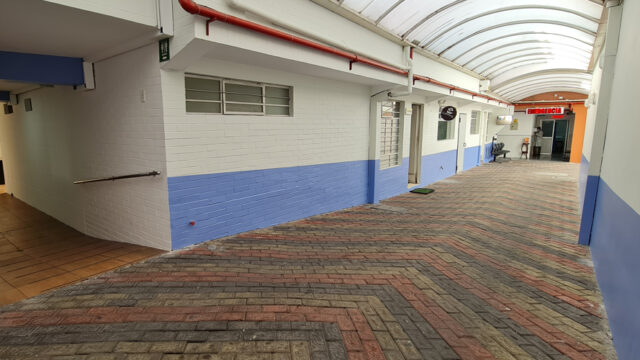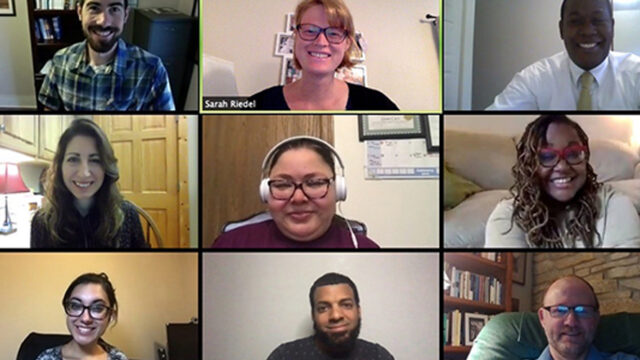What did forced homeschooling in a pandemic do for an educator and her family?
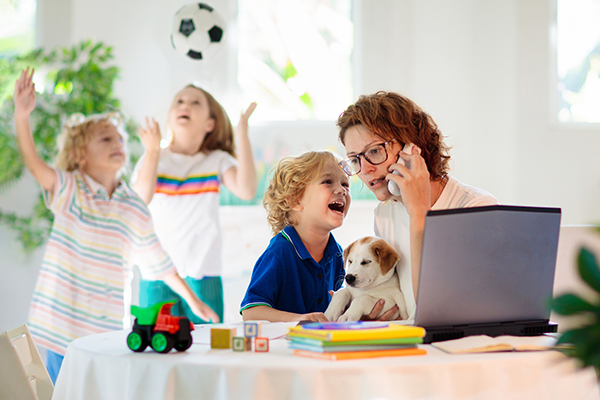
We were several weeks into pandemic school. I was lying in bed one day, waiting for my alarm to go off. My youngest had managed to sneak into our bed again. He had sneaked into our room early in the morning almost every day since quarantine. He generally wakes up before me and spouts off facts about Komodo dragons, spitting cobras, the deadly cassowary, and kangaroo rats. He stops his energetic monologue multiple times and begs me to open my eyes so I can see his face as he tells me all the details. But that day I managed to wake up before him and immediately wondered how long the moment of silence would last while trying to think of the last time I had a minute that did not feel crowded.
As soon as the grind of the morning begins, my husband makes a breakfast that doesn’t make a mess next to the iPad; he’d get our kindergartener’s Zoom meeting started while she eats and then he’d move on to begging our youngest, who is a PK student in a PK/K classroom, to please join his sister’s Zoom meeting. This bargaining usually ends up with our youngest stomping off to his room yelling that online school is disgusting and he wants the yucky quarantine to end after one more sleep. Our oldest, in classic oldest-child fashion, will tsk, tsk the whole explosive exchange and curl up on the couch with a book, hoping we don’t bother him to do his math homework before his Zoom meeting later in the day.
The kindergartener eventually resorts to muting her screen and yelling at the whole house, asking if we “can all be quiet so she can hear Mrs. Miller!” She has loved her daily check-in with her teacher and gets frustrated that her brothers regularly interrupt her Zoom time. This circus continues with me tiptoeing into the kids’ room and sitting next to our youngest while he pouts on his bed. After distracting him for a minute to ask him about box jellyfish and how long they are, he prattles off a list of stats. My wheels are spinning trying to figure out how to make this whole experience easier for him.
How Good Is Good?
The whole exchange weighs on me. For my littlest, the tantrum was just a reminder of all the huge things his brain was trying to figure out. Why couldn’t we go see Grandma and Papa for the weekend? Why couldn’t we have friends over to play games? Why couldn’t we go to the park? Why couldn’t we just go to a restaurant? The older two seemed to understand the constraints and begrudgingly accepted them. Their emotions swung wildly between being sad about not being able to go to the park, excited that they could languish an afternoon away playing Legos, frustrated they couldn’t visit friends or family, happy to have both parents home. Every day has felt like rolling the dice to see what COVID-related meltdown we would face.
All of this chaos has been compounded while I’ve also been trying to juggle being the first-year principal of a small Adventist school in Oregon. In a quick turnaround, my whole team had to figure out how to navigate online meetings, effectively transition curriculum, and support students who were struggling with their chaotic home situations. I’ve navigated conversations with first graders who were trying to tether their mother’s cellphone to their school-borrowed laptop while their dad was at work; or parents who were trying to juggle Zoom meetings, job loss, or elderly parents, while also making sure their learners knew what was expected of them.
I was often up late into the night looking up as much research as I could on best practices for online learning, trauma-informed practices, and supporting my children with their big feelings about what was happening in the world around them. Some days I’ve found myself jumping from one Zoom meeting to another Zoom meeting to a training; having a quick conversation about dinner with my husband, then a quick parent conversation, checking in with a few students, and at the end of it feeling the drain of being overstimulated and disconnected all at the same time.
Has this disruption disrupted us? Looking back a bit, we’ve been forced to slow down a little, reduce our productivity; some of us took the time to stitch together more time with our spouses, played more games with our kids, called our grandmothers and got the recipe for that favorite family recipe. I do not think God manufactures pain or difficult life experiences to help us “learn” to lean on Him. I do think, however, that when difficult things happen, we have a choice to turn to Him and embrace the reality of our present. After all, Paul sang in jail.
So maybe, the opportunity to stop to listen to my child’s monologue about the deadly Cassowary kick is the most important thing I could have done to help him regulate at that moment. Perhaps those opportunities to have talked with a parent about what weighed on them was a break from budgeting and board meetings and is the stuff that builds connective tissue in schools. Maybe jumping in the car on a rainy Oregon day for another birthday parade for one of my students was the most important thing they received in school this year.
I’ve worried about what we would take with us from this whole pandemic experience. Right now, however, my commitment to sitting down and hearing my children—sorting through their experience with COVID-19 as it still unfolds—has only been strengthened. But how do I keep that from slipping? How do we continue harnessing with the solidarity, compassion, and connection the pandemic has brought to our schools, churches, and families? I don’t know the answer. My brain barely can register a life post-COVID.
But maybe that is OK. Perhaps that is where my faith muscle must exercise releasing those worries to the God, who welcomes our burdens.


